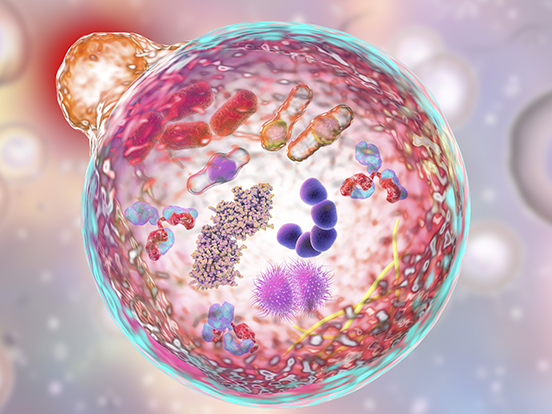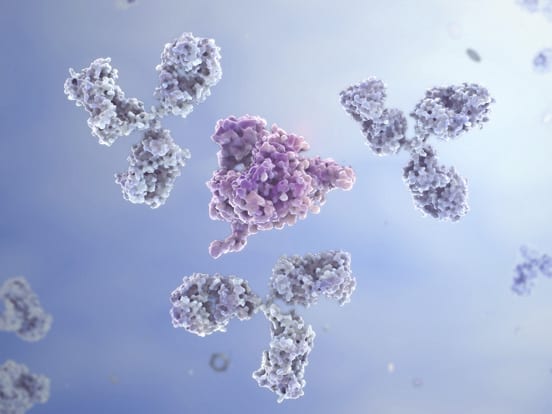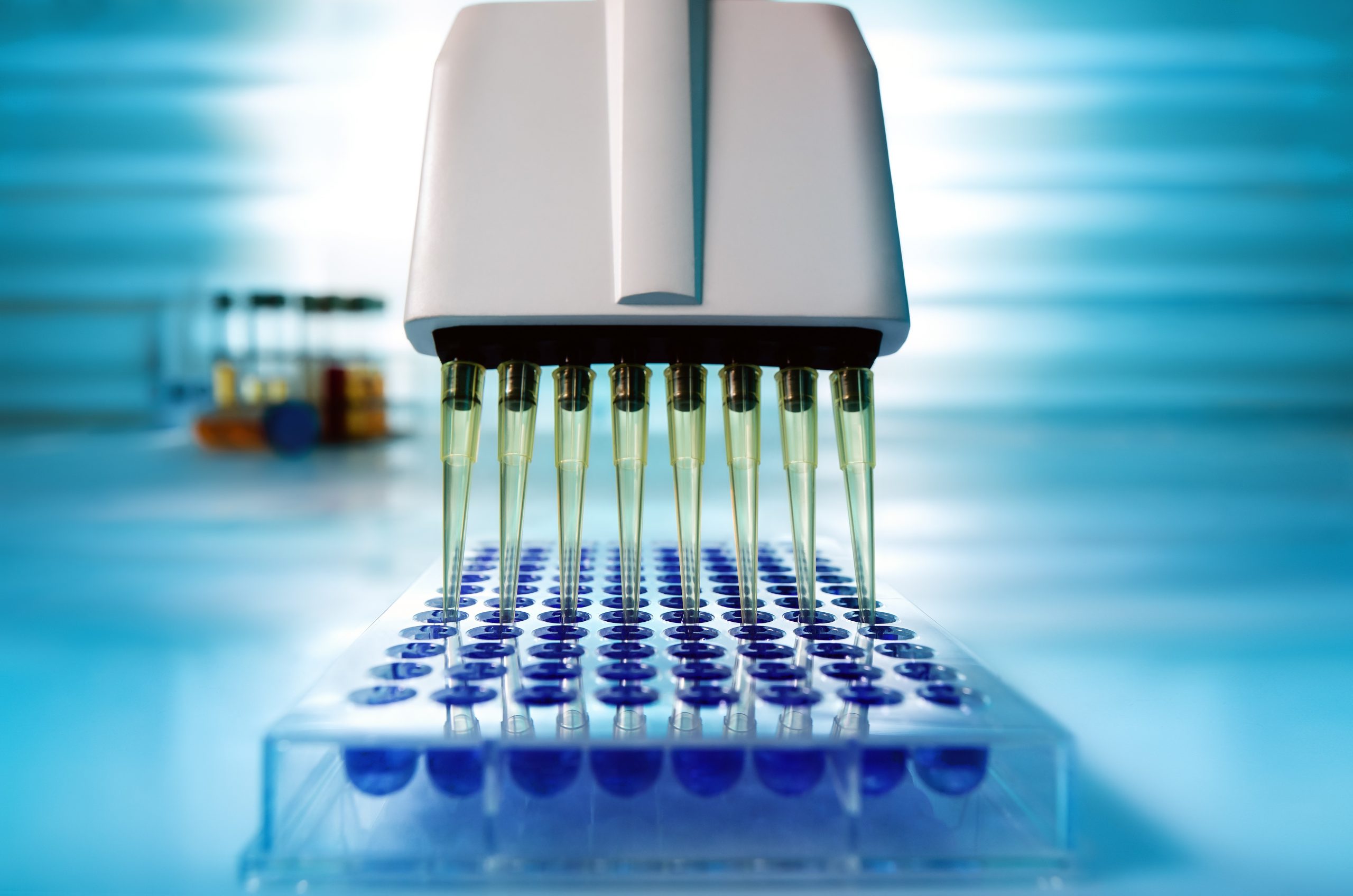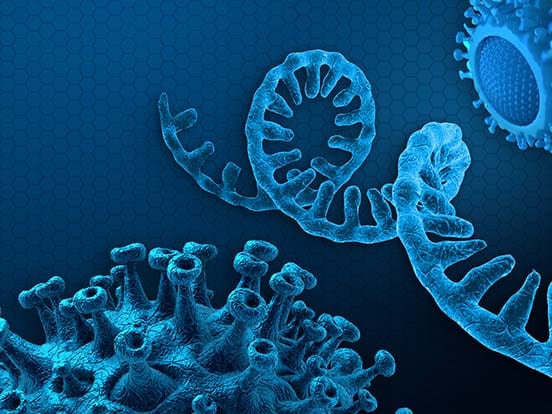CELLULAR RESPIRATION
Cellular respiration is a set of metabolic reactions and processes that take place in the cells of organisms to convert chemical energy from oxygen molecules (O2) or nutrients into adenosine triphosphate (ATP), and then release waste products.
Although carbohydrates, fats, and proteins are consumed as reactants, aerobic respiration is the preferred method of pyruvate breakdown in glycolysis, and requires pyruvate to the mitochondria in order to be fully oxidized by the citric acid cycle.
POST GLYCOLYTIC PATHWAYS
The glycolysis pathway is a series of reactions catalysed by enzymes that break down one molecule of glucose (6 carbons) into two molecules of pyruvate (3 carbons). This metabolic pathway produces free energy in the form of ATP in its post-glycolytic phase.
POST KREBS CYCLE PATHWAYS
The Krebs (or Szent-Györgyi and Krebs, or citric acid) cycle is a metabolic pathway that occurs in all cells. It is involved in the metabolism of carbohydrates, fats and proteins, but is best known for its ability to produce cellular energy in the form of the GTP molecule.
INORGANIC ION PERMEATION PATHWAY
Inorganic ions in animals and plants are ions necessary for vital cellular activity. In body tissues, ionare also known as electrolytes, essential for the electrical activity needed to support muscle contractions and neuron activation. Abnormal concentrations of inorganic ions can cause different types of diseases. AMSBIO is offering an extensive range of products involved in this metabolic pathway.
BIOMARKER FOR CELLULAR METABOLISM
Biomarkers (or biological markers) are biological measures of a biological state. A biomarker is a measurable biological characteristic related to a normal or non-normal process. In the medical field, a biomarker can be used for medical screening (search for a disease in a population), diagnosis (Characterisation of a disease in an individual), response to a medical treatment, relapse after a treatment, toxicity of a molecule. The biomarker is therefore usually a protein that can be measured in the blood or the presence of a molecule in the urine.
OXIDATIVE STRESS
Oxidative stress refers to the imbalance between the production of free radicals, also known as reactive oxygen species (ROS), and the number of antioxidants available and usable by the body. Free radicals are molecules involved in chemical reactions that accompany cellular life. In excess, they are potentially harmful to the body and can impair the proper functioning of the body.




